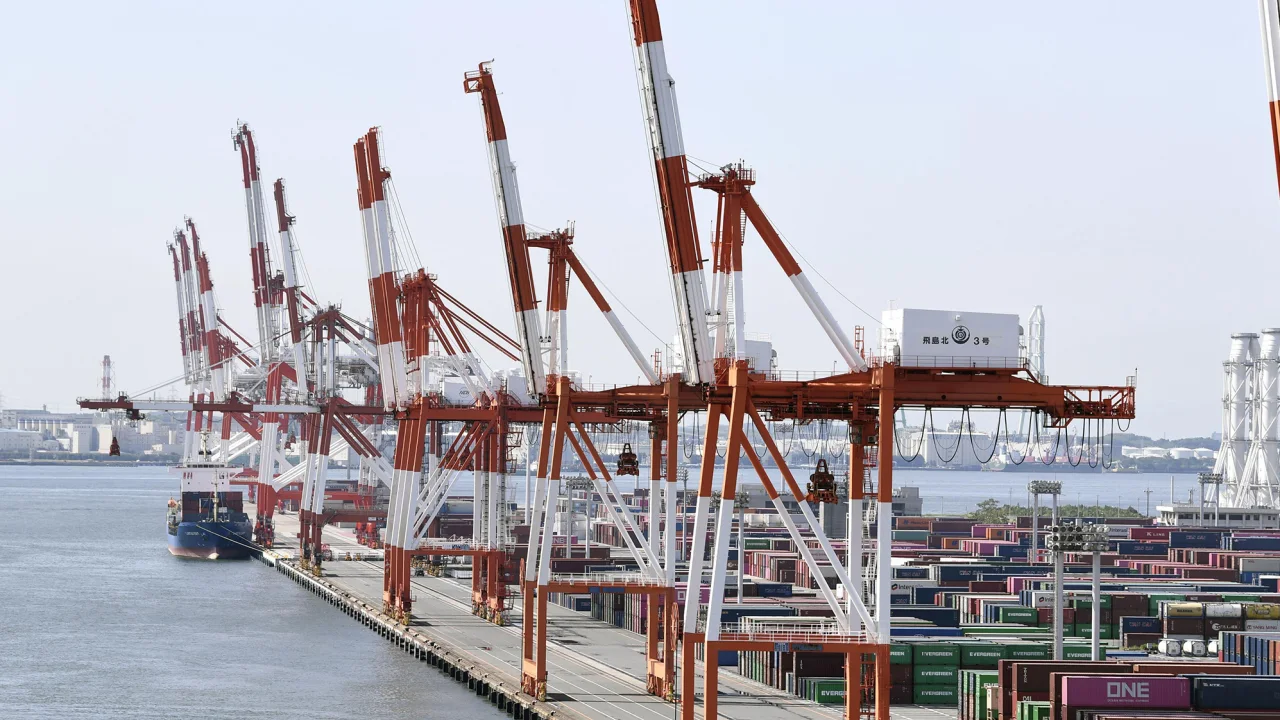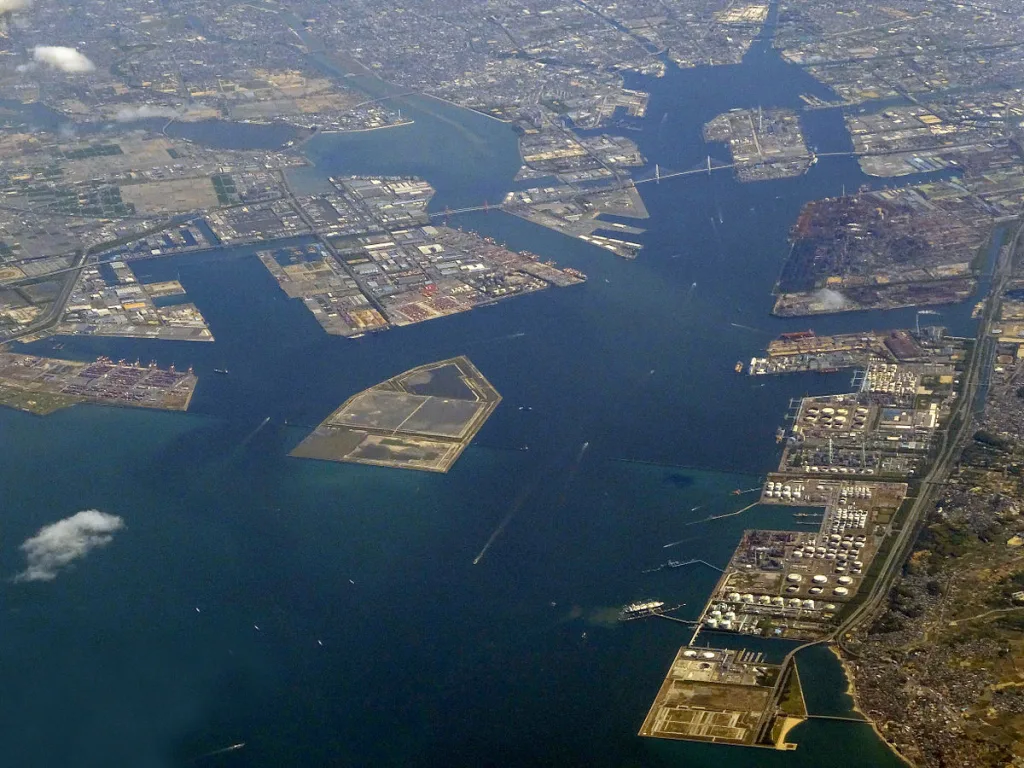
Japan’s Largest Port Resumes Operations After Ransomware Attack
Japan’s bustling Port of Nagoya, renowned as the country’s busiest shipping port and a vital economic hub, recently experienced a disruptive ransomware attack. For two days, the port was unable to receive shipping containers due to the cyberattack. However, with the port now resuming operations, concerns about broader economic ramifications are starting to subside.

The Ransomware Attack: Disruption at the Port of Nagoya
The Port of Nagoya encountered a ransomware attack that targeted its computer system responsible for handling shipping containers. The hack, which commenced on Tuesday, temporarily paralyzed the system, leading to the suspension of container handling at the terminal. The Nagoya Harbor Transportation Association confirmed that containers arriving via trailers were affected.
Understanding Ransomware: A Menace to Organizations
Ransomware, a malicious software variant, restricts victim organizations’ computer access, allowing hackers to demand payment in exchange for restoration. While ransomware attacks are not new, this incident marks the first reported instance of a Japanese port falling victim to such an attack. Consequently, concerns have emerged about potential impacts on the local economy and supply chains, including the auto industry.
Suspected Perpetrators: LockBit and Russian-Speaking Hackers
Reports from Japanese media indicate that the cybercriminal group behind the attack employed LockBit, a ransomware strain associated with Russian-speaking hackers. The LockBit group has been active recently, having targeted Taiwanese semiconductor giant TSMC in a separate incident. TSMC, however, clarified that the attack on one of its hardware suppliers did not disrupt its business operations.
The claim of Responsibility and Demands
As of midday Thursday in Japan, the LockBit group had not claimed responsibility for the ransomware attack on the Port of Nagoya via their dark-web site. It remains uncertain whether the port received any ransom demands. CNN’s attempts to reach a port association spokesperson for further details were unsuccessful.
Preparedness and Mitigation: Lessons for Japanese Critical Infrastructure
Mihoko Matsubara, chief cybersecurity strategist at NTT Corporation, a Japanese telecom firm, emphasizes the need for Japanese critical infrastructure operators to conduct cyberattack drills on their supply chains. Furthermore, having a robust response plan in place is crucial due to the growing threats from cybercriminals and state-sponsored hackers. Matsubara’s insights highlight the importance of proactive measures to defend against ransomware attacks.
Broader Impact: Ransomware Attacks on Ports Worldwide
Although the Port of Nagoya incident is the first of its kind in Japan, ransomware attacks and related cyber intrusions have plagued ports in other countries. In 2017, the alleged actions of the Russian military led to the global spread of malicious software, causing disruptions at shipping giant Maersk. Maersk estimated losses of around $300 million as a result.
Conclusion
After enduring a ransomware attack that temporarily paralyzed its operations, Japan’s Port of Nagoya has resumed handling shipping containers. This news brings relief to fears of widespread economic consequences. As the incident highlights the need for heightened cybersecurity measures, critical infrastructure operators in Japan must remain vigilant and adequately prepare for potential cyber threats. Moreover, the attack serves as a reminder that ransomware attacks on ports can disrupt global trade and result in substantial financial losses.













